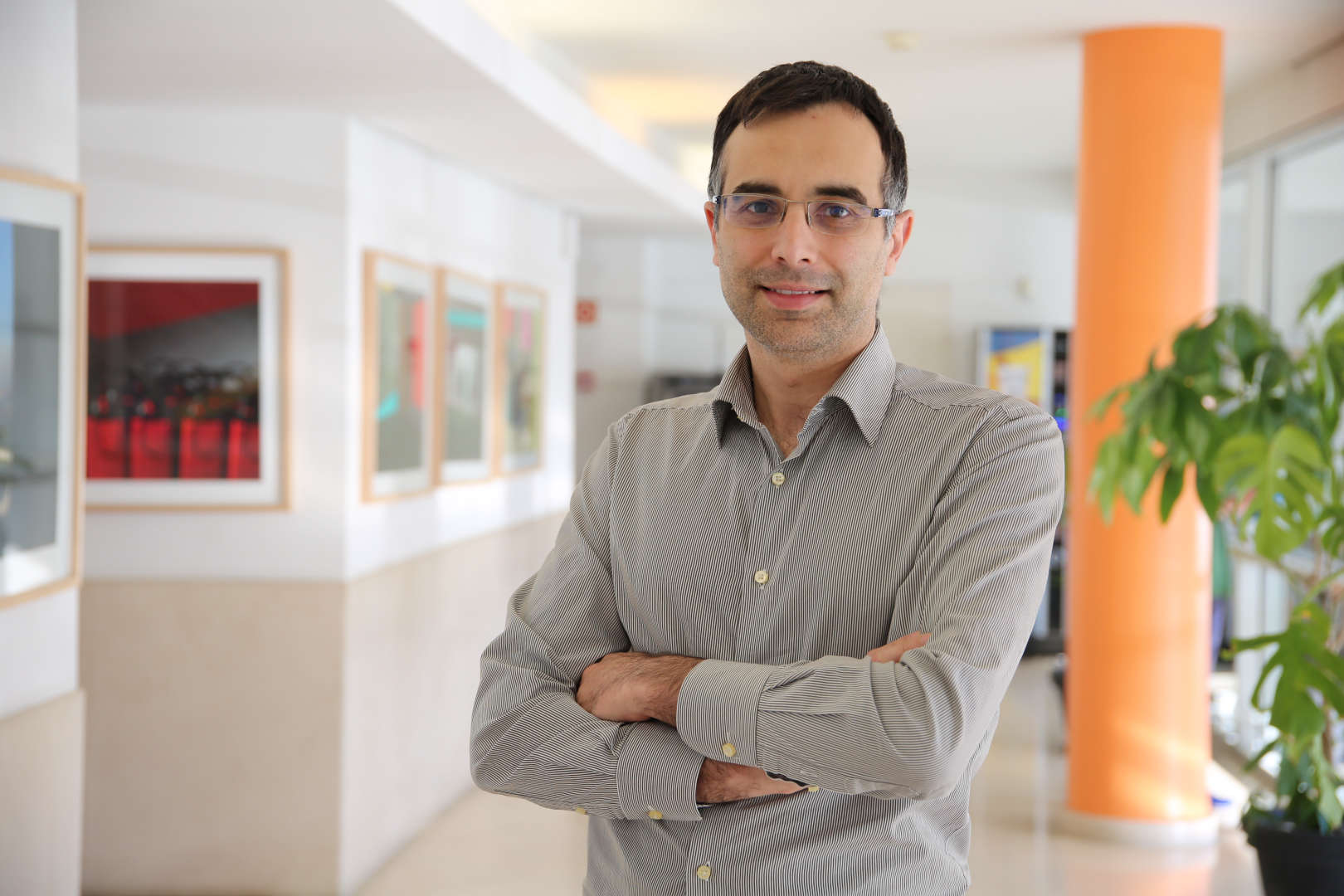Sobre
Filipe Ferreira has a master's degree in Electrical and Computer Engineering from the University of Porto, Porto (2010). Filipe Ferreira is a Researcher at INESC TEC working on production systems engineering, enterprise systems engineering, and industrial automation. Filipe Ferreira has been leading several research projects as well as consultancy projects in the areas of digital transformation and applications towards industry 4.0 implementation. Most frequent terms in the context of his scientific e technologic production are: Digital Transformation, Digital Twin, Enterprise Systems Architectures, Industrial Automation and Interoperability.


